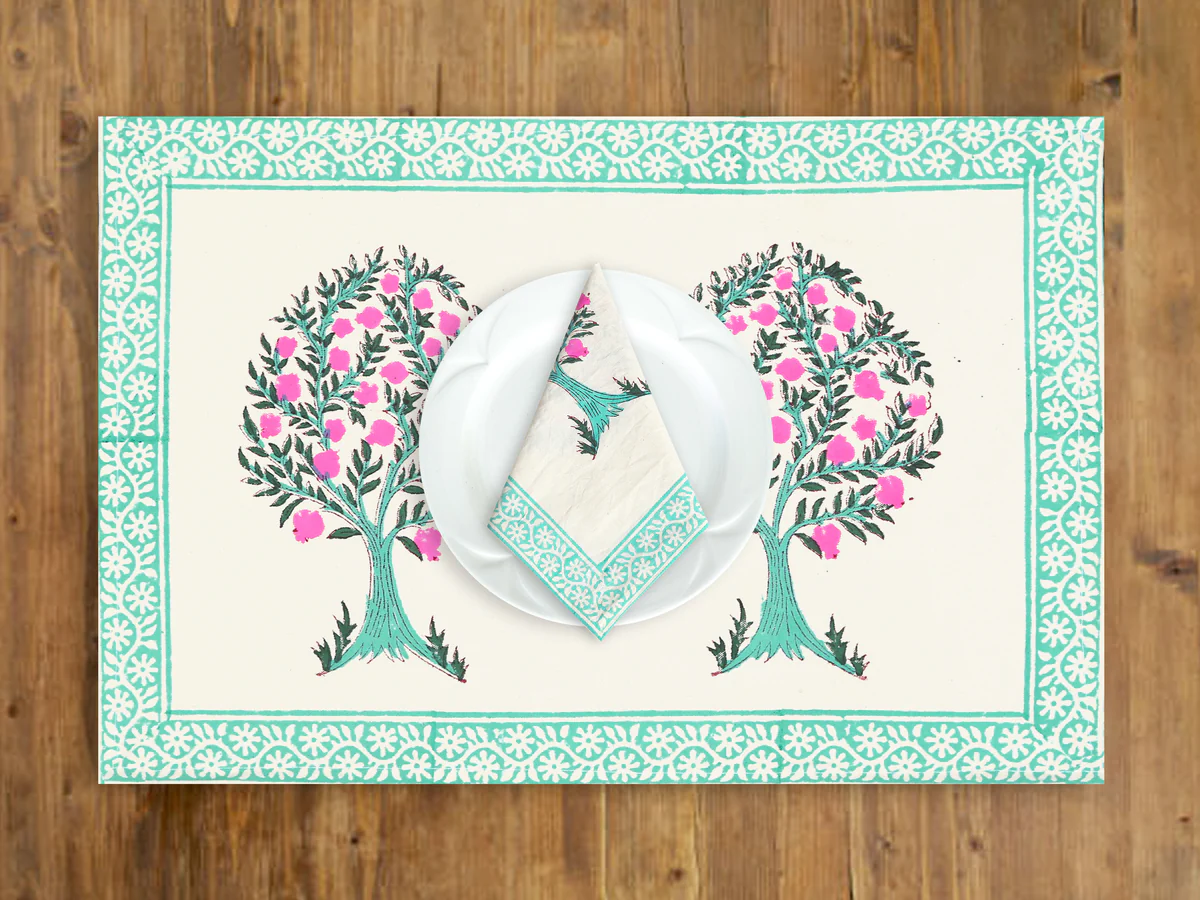Palaces and Forts: Discover the Royal Architecture of Rajasthan

Rajasthan is a land of magnificent palaces and grand forts, reflecting its royal past and cultural heritage. The state is known for its impressive architecture, showcasing the brilliance of Rajput, Mughal, and European influences. If you are planning to explore the historic wonders of Rajasthan, this guide will take you through some of the most iconic palaces and forts, each with its unique charm and historical significance.
Amber Fort, Jaipur
Amber Fort, located near Jaipur, is one of the most stunning forts in Rajasthan. Built in the 16th century by Raja Man Singh, this fort is a perfect blend of Hindu and Mughal architecture. The fort is known for its grand gates, large courtyards, and the beautiful Sheesh Mahal (Mirror Palace), where thousands of small mirrors reflect light beautifully. The fort is situated on a hilltop, offering breathtaking views of Maota Lake and the surrounding landscape. Tourists can also enjoy an elephant ride up to the fort, adding to the royal experience.
City Palace, Udaipur
The City Palace of Udaipur is a magnificent complex built on the banks of Lake Pichola. Constructed over centuries by different rulers, this palace is an architectural marvel with beautifully designed balconies, courtyards, and towers. The interiors of the palace feature intricate mirror work, colorful paintings, and decorative tiles that showcase the rich craftsmanship of Rajasthan. The museum inside the palace gives visitors a glimpse into the royal lifestyle, displaying weapons, artifacts, and royal garments.
Mehrangarh Fort, Jodhpur
Mehrangarh Fort is one of the largest and most well-preserved forts in India. Built in the 15th century by Rao Jodha, this fort stands on a hill, offering panoramic views of the Blue City of Jodhpur. The fort has massive walls, grand gates, and beautiful palaces within its complex. The museum inside showcases royal artifacts, costumes, and paintings that narrate the history of Jodhpur. The intricate carvings on the fort’s walls and the well-preserved courtyards make it a must-visit destination for history lovers.
Jaisalmer Fort, Jaisalmer
Jaisalmer Fort, also known as Sonar Quila or the Golden Fort, is unique as it is a living fort where people still reside. Built in the 12th century by Rawal Jaisal, the fort is made of golden sandstone, which glows beautifully under the sunlight. Inside the fort, visitors can explore narrow lanes, ancient temples, and vibrant markets. The fort houses several palaces and havelis, showcasing exquisite Rajput architecture. Exploring this fort gives a glimpse into Rajasthan’s vibrant history and culture.
Nahargarh Fort, Jaipur
Nahargarh Fort, located on the Aravalli Hills, offers stunning views of Jaipur city. Built in the 18th century by Maharaja Sawai Jai Singh II, this fort served as a retreat for the royal family. The fort has several interconnected rooms with beautiful frescoes and intricate designs. The fort’s peaceful ambiance and scenic surroundings make it an ideal place for visitors looking to enjoy history with breathtaking sunset views.
Kumbhalgarh Fort, Rajsamand
Kumbhalgarh Fort is famous for its massive walls, which are considered the second-longest continuous walls in the world after the Great Wall of China. Built by Maharana Kumbha in the 15th century, this fort is a UNESCO World Heritage Site. The fort has numerous temples, palaces, and step wells that reflect its historical and strategic significance. A visit to this fort is a journey back in time, offering insights into the glorious past of Rajasthan.
Chittorgarh Fort, Chittorgarh
Chittorgarh Fort is one of the largest forts in India, known for its historical importance and tales of bravery. Built in the 7th century, this fort has witnessed many battles and heroic sacrifices. The fort houses several temples, towers, and palaces, including the famous Vijay Stambh (Victory Tower) and Kirti Stambh (Tower of Fame). Walking through the fort gives visitors a deep sense of Rajasthan’s rich history and the valor of its warriors.
Hawa Mahal, Jaipur
Hawa Mahal, also known as the Palace of Winds, is one of the most recognizable structures in Jaipur. Built by Maharaja Sawai Pratap Singh in the 18th century, this five-story palace has 953 small windows, designed to allow cool air to flow through. The architecture of Hawa Mahal is unique, with intricate latticework and delicate carvings. This palace is an essential stop for anyone interested in experiencing the architectural beauty of Rajasthan.
Umaid Bhawan Palace, Jodhpur
Umaid Bhawan Palace is one of the last grand palaces built in India. Constructed in the 20th century, it serves as a luxurious heritage hotel, museum, and royal residence. The palace’s architecture is a blend of Rajput, European, and Art Deco styles. The museum inside showcases vintage cars, royal paintings, and artifacts, giving visitors a glimpse into the life of Rajasthan’s royalty. If you are booking a Rajasthan Tour Operator, a visit to Umaid Bhawan Palace can be a luxurious experience.
Exploring Rajasthan’s Royal Heritage
Rajasthan is a dream destination for history and architecture lovers. Every fort and palace tells a unique story of its glorious past. Whether you choose to visit Jaipur, Jodhpur, Udaipur, or Jaisalmer, you will witness the grand legacy of Rajasthan’s royalty. Many travelers prefer 4 Days Rajasthan Tours to cover some of the most famous historical sites in a short time.
If you are planning a trip, Rajasthan Tour Services provides reliable travel options to explore these grand forts and palaces with ease. With its rich history and timeless beauty, Rajasthan remains a top destination for those who want to experience the royal charm of India.







